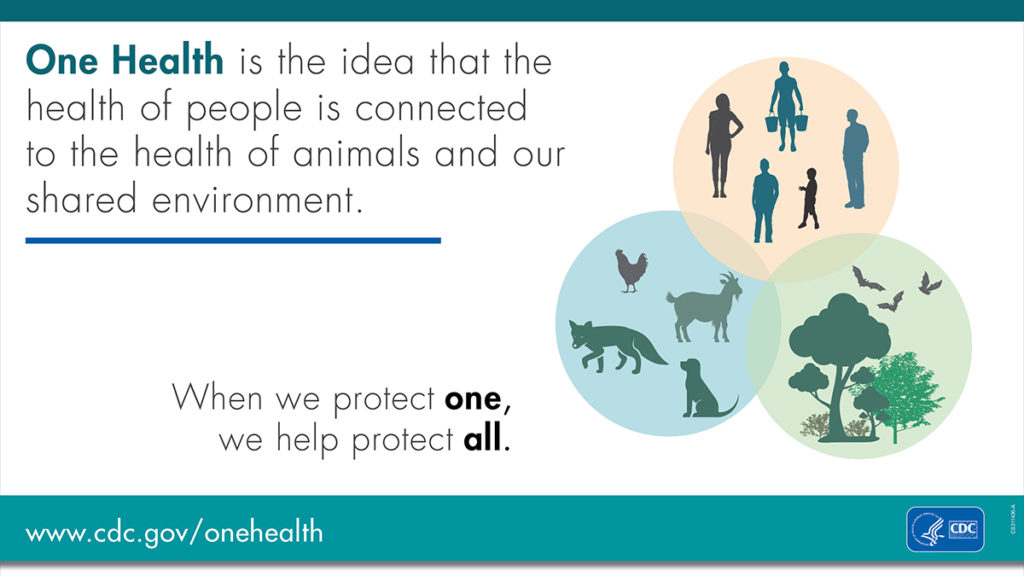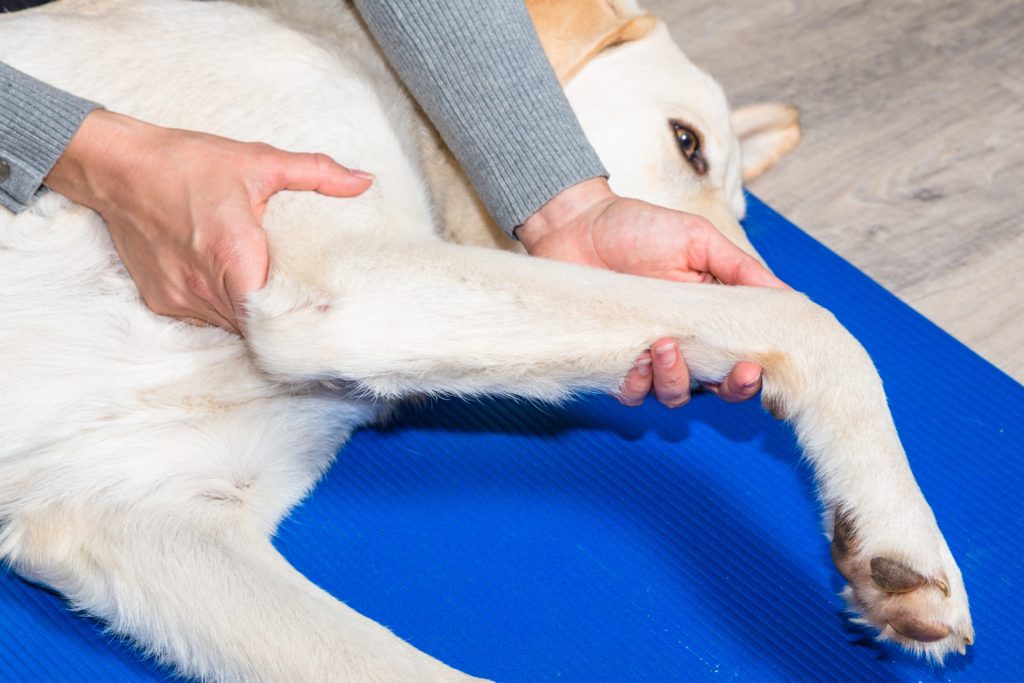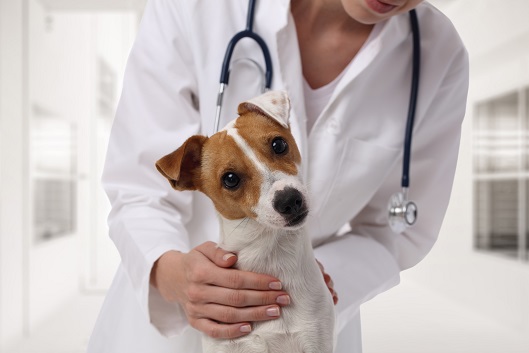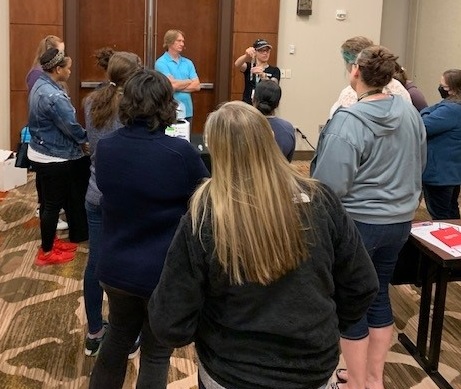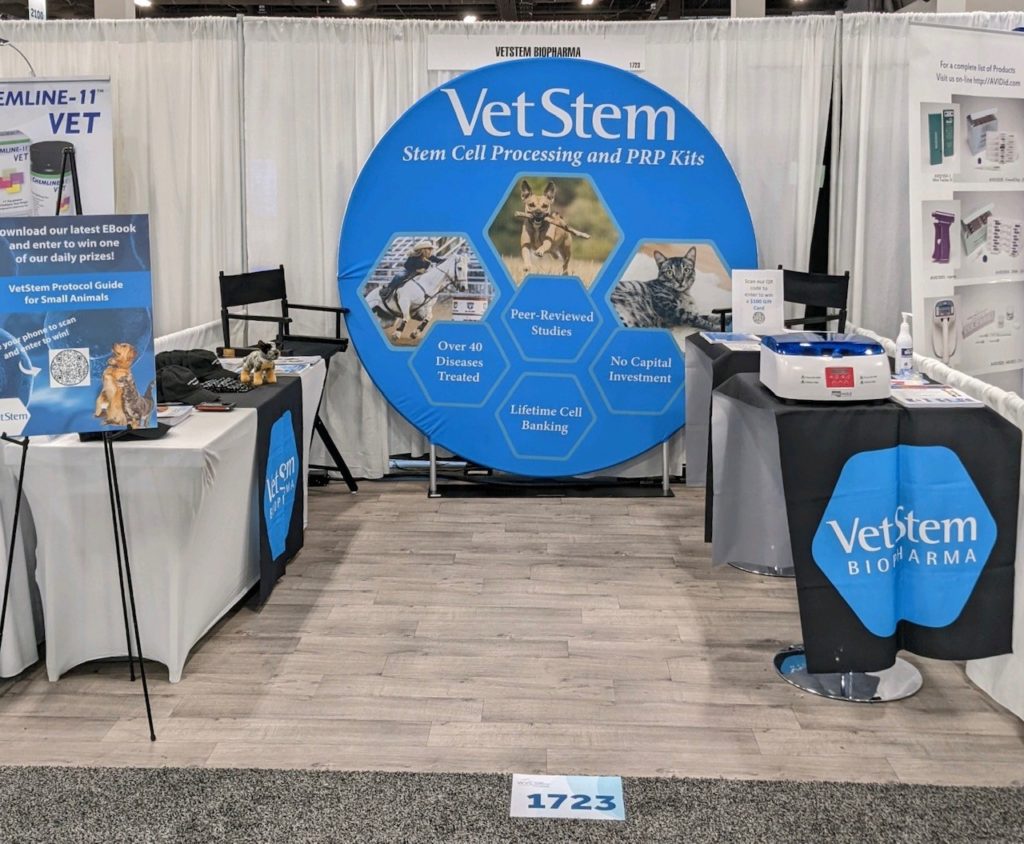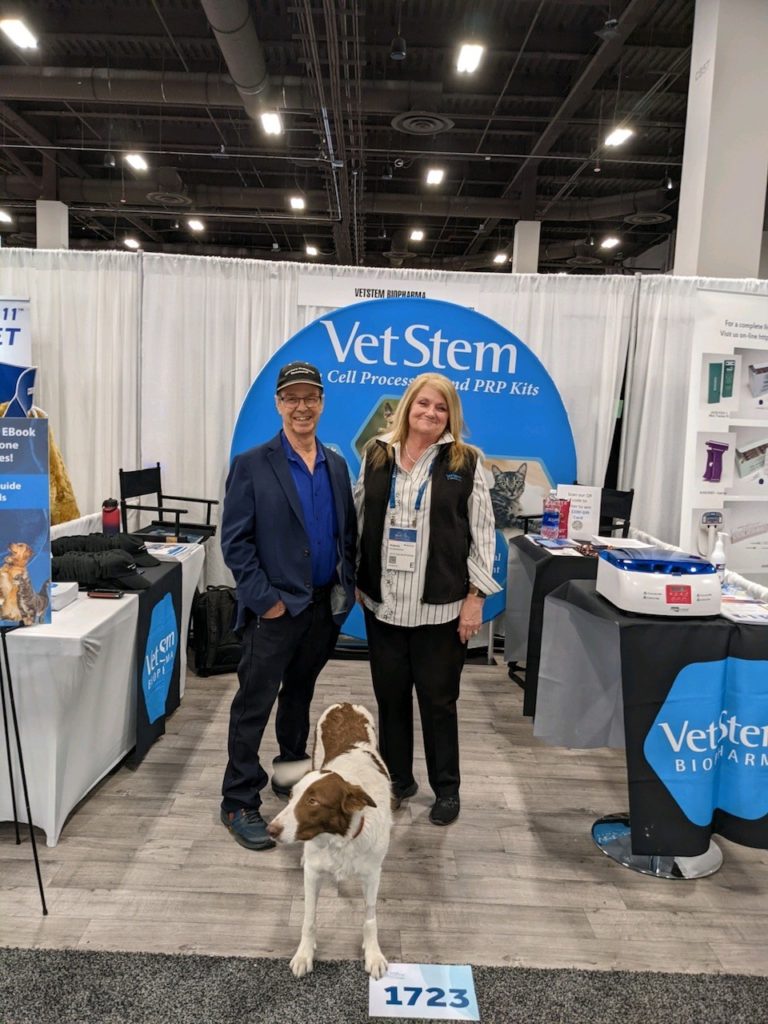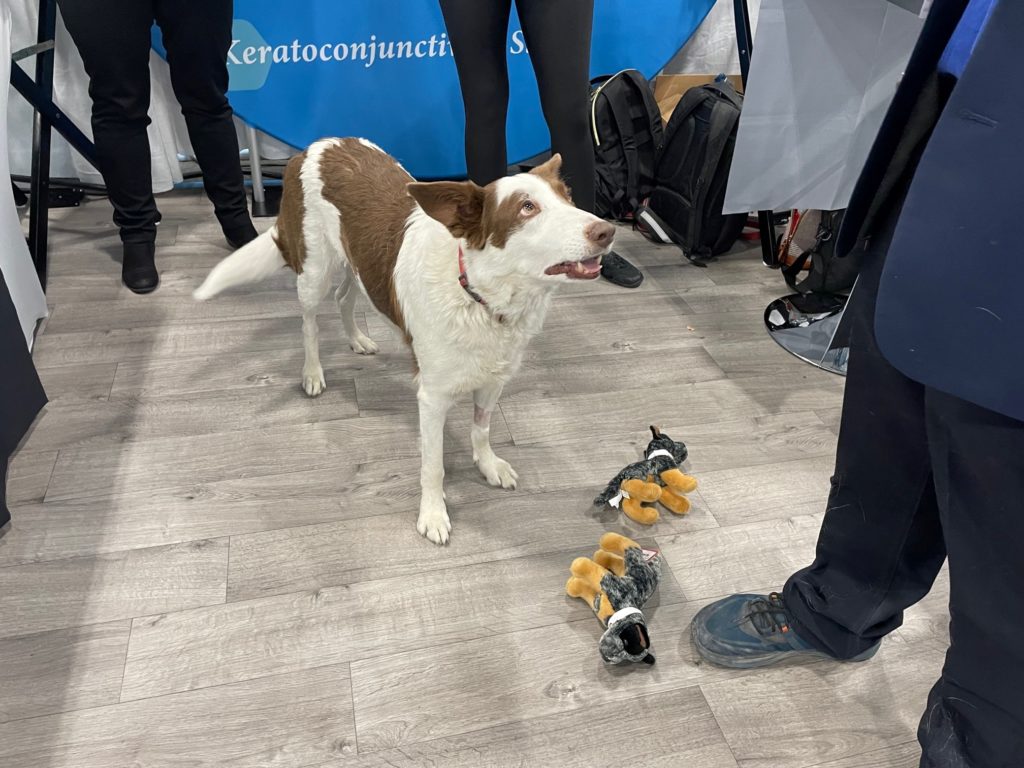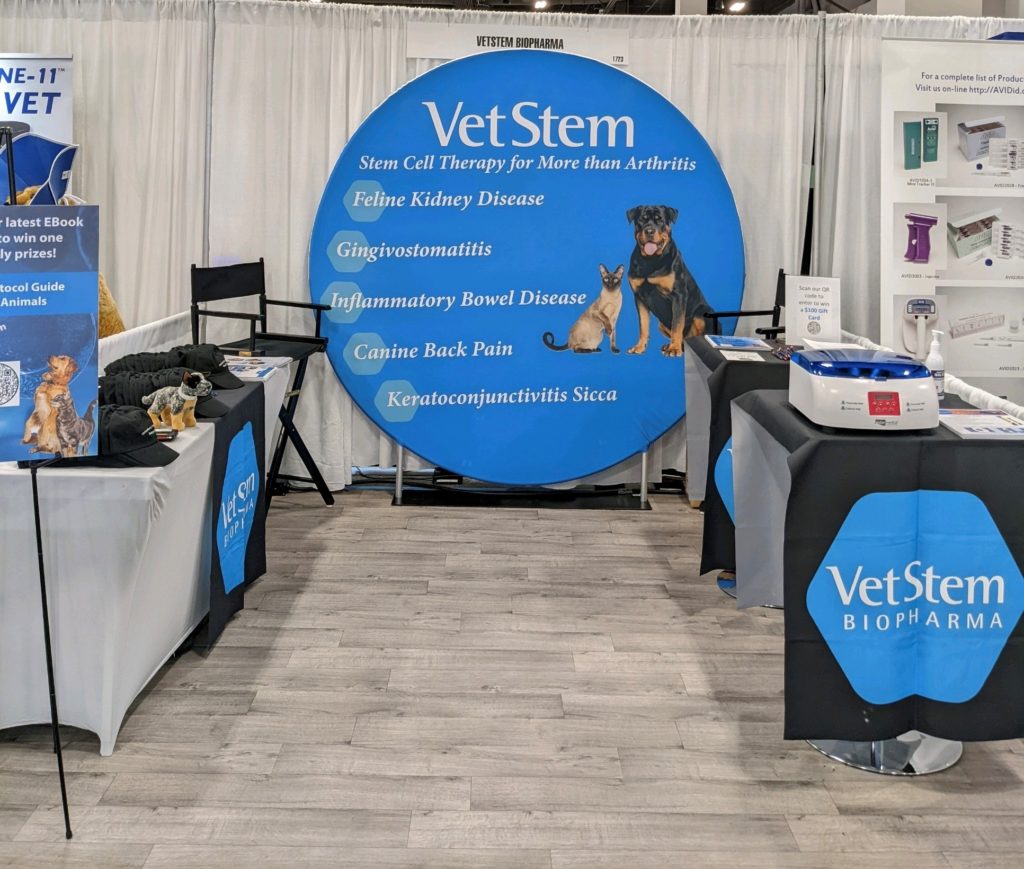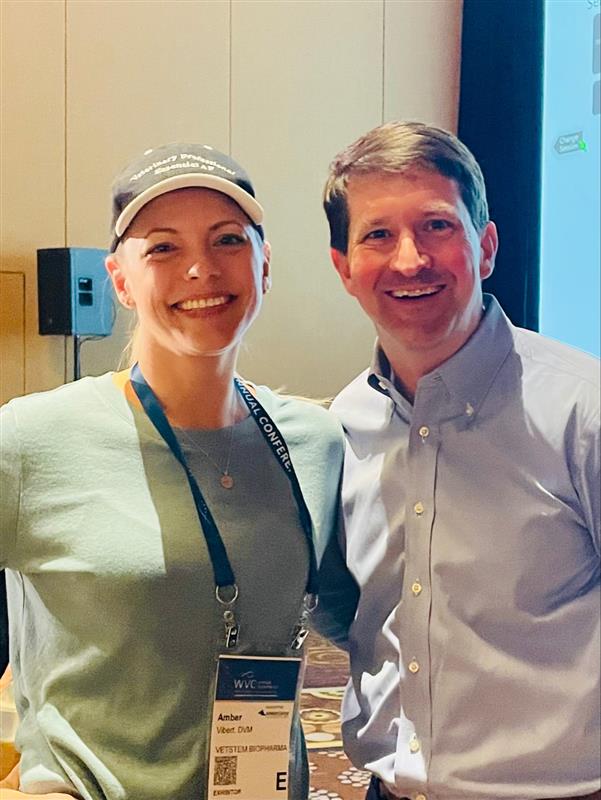International Day of Veterinary Medicine
Each year on December 9th, we celebrate International Day of Veterinary Medicine. On this day, veterinary professionals are recognized for their hard work and tremendous efforts in promoting the health and well-being of animals across the globe. Though one day is hardly enough to celebrate this dedicated group of medical professionals, we’d like to take this opportunity to discuss the impact that veterinary workers have not only on animals but on humans as well.
Veterinary medicine is not for the weak of spirit. It’s a challenging job physically, mentally, and emotionally. But most will tell you that this line of work is so incredibly rewarding, which often outweighs the challenges. Despite the human-animal bond and the growing evidence of the benefit pets can have on the health of their owners, veterinary professionals are rarely revered on the same level as human medical professionals. And yet, veterinary medicine and human medicine are much more intertwined than one might think.
Many advancements made in veterinary medicine also have a positive impact on human medicine. For instance, numerous vaccines, medications, and medical procedures have come about as a result of research in veterinary patients. In fact, we recently used our own veterinary stem cell data to launch stem cell clinical trials in people with our human company, Personalized Stem Cells.
The link between veterinary and human medicine is known as One Health. According to the CDC, “One Health is an approach that recognizes that the health of people is closely connected to the health of animals and our shared environment.” While the One Health concept has gained increasing recognition in recent years, we think it’s important to emphasize the role that veterinary professionals have played in both animal and human medicine. So though International Day of Veterinary Medicine is only celebrated for one day, we will recognize and celebrate the many accomplishments of veterinary professionals every day.
